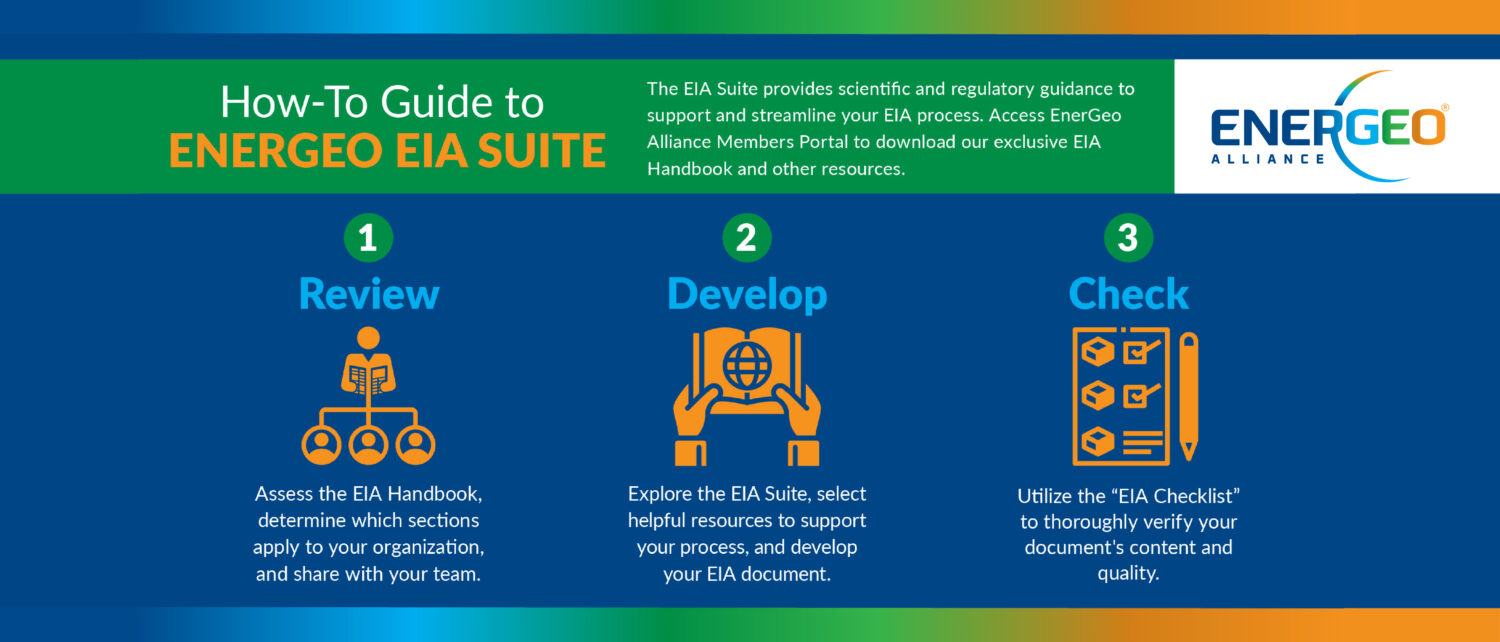
Imaging uplift overcomes mapping challenges of Lower Cretaceous Agat Play
Viridien’s re-imaged 3D seismic data set on the Måløy Slope brings a new understanding of the Agat sand fairway systems
Hydrocarbon exploration targeting the Lower Cretaceous Agat sands began in 1980 after a serendipitous discovery by well 35/3-2. As a result, additional wells targeting the Agat Formation were drilled, but none of these were economic. This changed in 2016 when the Duva Field was discovered. Combined
with the success of Neptune Energy’s Hamlet and Ofelia discoveries in 2022, there has never been a greater need to understand the complexities of the deposition and distribution of the Agat sands.
To better understand the play extent and decrease risk, Viridien re-imaged the eastern extent of the 3D Northern Viking Graben (NVG) seismic survey in 2023. The uplift in data quality, due to improved signal-to-noise and velocity model building, enables better mapping of the spatial distribution of the Lower Cretaceous units. We demonstrate that integrating high-quality regional seismic with well data and seismic attributes is best suited for describing
the geometry, shape, and extent of the Agat sand deposits.
Identification of the Agat Sands
The Agat sands on the north-south trending Måløy slope were deposited during repeated turbidity currents in a prograding submarine system, from a narrow shelf in the east, to the deep marine basin in the west. Deposition was partly controlled by underlying north-south trending fault blocks and Jurassic east-west oriented canyons, which has resulted in variable sand thickness and quality.
This is further illustrated in Figure 1, where log data show a number of clean sand units, interbedded with siltstones and mudstones. We can identify sand units corresponding to a decrease in impedance which appears stronger where the sand is cleaner, as seen in well 36/1-3 (Figure 1b). By correlating the sand at the well locations with their seismic response, we can begin to map the sand units away from the wells, and then assess lateral and vertical heterogeneities and reservoir complexity.

Mapping of the sand fairways
To map the different sand units in the basin, we need to understand the differences in the depositional geometry of the feeding systems.
Figure 2 shows seismic sections across east-west feeding systems. We can observe how the thickness of the unit varies not only across
the different systems but also within each fairway.
The detailed maps, shown in Figure 3, indicate individual Agat sand pulses. The isochore map of the Agat Formation in Figure 3a shows
the thickness variations identified in Figure 2 but at a regional scale. We see strong differences in the presence of the Agat Formation, with its
thickness ranging from absent, due to bypass and non-sediment deposition in the east, to more than 350 meters in the basins.

and base of the Agat Formation, respectively. The orange line represents an intra-Agat surface used to extract the attribute maps displayed in Figure 3.
The RMS amplitude extraction of an intra-Agat horizon (Figure 3b) reveals distinct stratigraphic features. Several elongated and linear geometries observed can be interpreted as potential sediment fairways extending into the basin, marked with SF in Figures 2 and 3. The amplitude variation can be
explained by the difference in sand content, with better-quality sands giving a strong amplitude response, as seen at the Duva discovery well in Figure 1a.
To support this further, the RGB colour blend in Figure 3c shows good correlation with the bright amplitude features identified on the RMS map. A combination of the two attributes highlights the intricacies of the fairways on the Måløy Slope.
SF1 passes through the Duva Field and Hamlet discovery, and the shape and orientation of the fairway imply multiple sedimentary input directions from the south and southeast. The amplitudes vary over the entire fairway. Brighter amplitudes seem to correlate with a sandy channel-like feature as seen at the location of the Duva discovery. Dimming of amplitudes in some areas can be explained by the sands pinching-out or by the presence of mud-filled channels, which tend to form a seal, as seen with the interbedded sandstones and mudstones in Figure 1. This can explain the lack of hydrocarbons in
well 36/7-3 despite encountering good-quality sands.

SF2 is east-west oriented crossing the Ofelia discovery and the Grosso dry well. Input of sediments from the east would suggest the fairway being more sand-rich at Ofelia and in a more heterolithic part of the system at Grosso well, where the Agat Formation consists of thin sand-shale intercalations.
SF3 and SF4 are northeast-southwest oriented, suggesting sediment input from the northeast. These two fairways appear to contribute with sediment input in SF2, a possible explanation for the thicker Agat Formation encountered by the Grosso well, but no wells have penetrated the sediments inside SF3
and SF4 to confirm this.
Unlocking further potential
Clearly, there are many feeder systems across the Måløy slope and here we show just one of the intra-Agat horizons. Further mapping of the Agat interval has the potential to reveal more complexities of the individual sand pulses. This, combined with leveraging additional insights from well data, can provide a full analysis of the provenance and depositional architecture of sand units and, thereby, the reservoir thickness and quality, offering the potential to further unlock the exploration potential of the Lower Cretaceous on the Måløy Slope.




